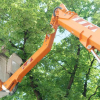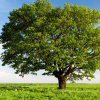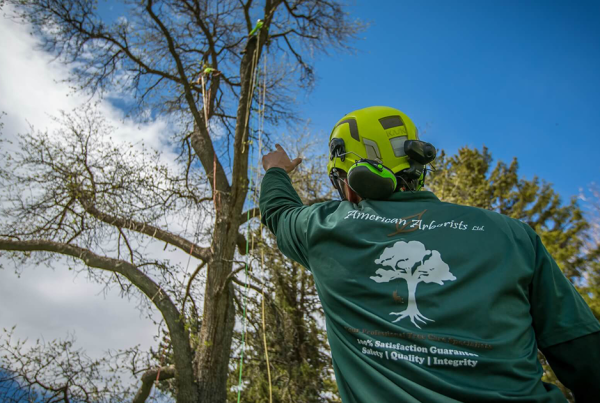
Whether you’re dealing with a newly planted fruit tree or merely doing some regular maintenance, one of the most important tree care processes you have to learn is pruning.
What Is Pruning?
Pruning is a process of trimming or cutting away dead or overgrown branches and stems. It can revitalize tree growth and increase its fruitfulness. When trees are left unpruned, particularly fruit trees, growth and development can be hindered, especially when weather factors come into play. Fruit trees will take longer to bear fruit or simply won’t bear any at all.
Key Factors To Consider When Pruning
The Survivability Factor
Trees may look sturdy and robust to most common folks, but they’re actually quite sensitive to temperature changes, the weather, and other external factors.
- Through the process of pruning, you effectively increase a tree’s survivability, ensuring their growth and development.
- And by pruning a fruit tree, you practically increase its chances of bearing great quality fruit.
The Stimulation Factor
When you prune trees you are effectively stimulating more growth, fruit and flowering trees are most sensitive to over pruning.
- Removing too much live growth can and will stimulate negative growth in suckers and water sprouts. Suckers grow from the roots, water sprouts are the fast-growing straight limbs that are weakly attached adventitious growth that rob nutrients and water from the healthy growth.
- All suckers should be removed when spotted, some water sprouts can be left it not left in the direct composition of proper growing limbs.
- Keep to a 20% live material removal, this does not include suckers, dead, broken or diseased branches.
The Proper Shaping Factor
Most people think that the natural shape of a fruit tree is the most optimum for fruit bearing. The truth is it’s not always the case. If you look at fruit trees in the wild and compare them with those in well-maintained locations, there’s actually a significant difference in fruit production.
- Well-maintained fruit trees produce more trees than those in the wild. And that’s because of proper and timely pruning.
The Basics of Proper Fruit Tree Pruning: Tips on the How and the When
Wait For The Tree To Become Dormant Before You Start The Pruning Process
All trees go into a dormant stage, typically during the fall season and well into winter.
- One of the most obvious signs that a tree is going into dormancy is when its leaves start falling.
- Once the leaves are off, and we have had multi cold days and nights it’s the appropriate time to start the pruning process.
- Summer pruning can also be performed, but it should only be done in the early part of summer, and limited to suckers, broken, diseased and crossing branches, especially when dealing with fruit trees.
Upright Branches Produce The Most Vegetation While Horizontal Branches Bear Most Of The Fruits
If you don’t know much about fruit trees, there is one important factor you need to understand as far as figuring out which parts of the tree bears the most fruit.
- The vertical or upright branches typically have the most vegetation and are more vigorous than other branches.
- However, it’s the horizontal branches that are more fruitful.
- The key to a healthy and fruitful tree is a good balance between the positioning of the branches.
This is one aspect that can really benefit from a good pruning. Branches growing at a 45° to 60° angle provide the right balance for maximum fruiting.
Low Vigor and Recently Planted Trees Benefit From Regular Pruning
Corrective and regular pruning on recently planted fruit trees or trees that are fairly young and have low vigor is highly advisable to encourage strong and rapid growth.
- Ideally, recently planted trees should be encouraged to grow and develop in the first three years of its life.
Proper methods and techniques should always be observed when planting a new tree. Best tree planting practices will help equalize the development of the top and the root system of the tree.
Consult A Reputable Arborist To Help With The Various Aspects Of Fruit Tree Pruning and Maintenance
When it comes to fruit trees, or any tree for that matter, it’s important to have a tree expert present to help guide you in the right direction as far as taking care of your trees is concerned. And there is no individual more knowledgeable when it comes to trees than a Certified Arborist.
Of all the tips about how or when to prune trees, what the right maintenance techniques are, this is probably the most important secret that’s actually not so secret (when you think about it). Obviously, if you want to maintain a healthy, fruit-bearing tree, you need to hire a professional to help you out.
Have any tips to share? Comment below with what’s worked well for you!









